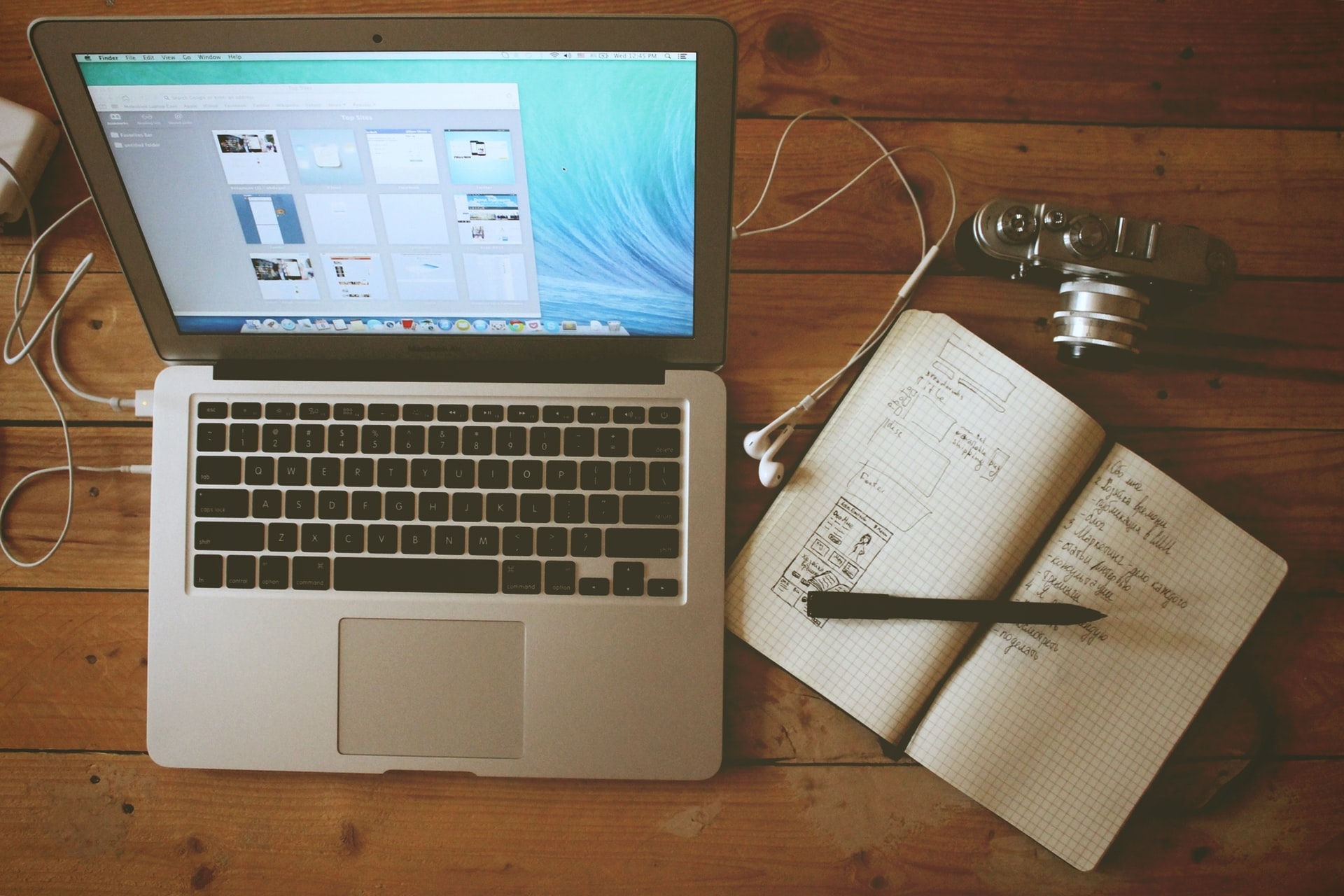Behavioral Design’s Impact on Your Brand
The world of marketing is changing for brands. Marketers today are under massive pressure to justify their return on investment. Marketing intuition was once the justification for many strategic marketing decisions. However, it has given way to science-based marketing, known as behavioral design.
Quick Links
Many marketers still base creative strategies on intuition alone. Although this skill is still an equally important attribute, using this alone to gain consistent results becomes a major obstacle. Clients no longer gain trust with today’s brands by claiming they have “decades of experience.”
Why Behavior Design Works
Behavior design is a method or framework that drives creative solutions to problems. It works because brand managers get precise insights for creative problem solving through empathetic and scientific concepts.
Additionally, behavioral design triggers emotions. Within the customer’s journey, shoppers are susceptible to influence and emotional arousal. Every brand can benefit from behavior design, but how?
- Increases sales. By triggering emotions, you influence more buyer spending habits on your products.
- Fewer returns. An emotionally influenced shopper will feel more confident and make satisfactory purchases. The happier they are with the product, the less likely they are to make a return or feel buyer’s remorse.
- Higher customer retention. Customers who have better shopping experiences are behaviorally designed. While the environment feels more relaxing to the consumer, this drives more repeat business.
- Increased customer engagement. When you design products around the consumer, they have a better understanding of the product. People who have a better experience tend to engage more with your product.
You Need More Than Just Data
Brands should design a customer experience that integrates loyalty and connection with them. Practices of data-driven design have certainly contributed to this trend. For instance, UI (user interface) has shaped user-method applications, and data has revealed behavioral characteristics that develop new insights.
However, data alone is not enough. To place emotion within UI design, you need empathy. To give you deeper insights into their mindstate, you need to understand why a user does what they do.
Spotify has a great history of utilizing data science for influencing product features. Additionally, they also recognize the need to mix insight with user research. The company coined the “What-Why Framework” to examine trends in user behavior tactics like A/B testing.
User researchers then compare interviews and surveys to understand better how people feel about a feature. When you combine these methods, this eliminates discrepancies in insights.
Measuring Emotions
Of course, data can help you better understand your audience and create more positive experiences for users. Therefore, data aids us in measuring emotional reactions. However, there are several ways to measure how shoppers feel when using your product or service.
Customer feedback and reviews are helpful, but more advanced methods such as facial recognition technology are also beneficial. This method can assist with interpreting user reactions and emotions. Once you gather these insights, you can begin to look at different scenarios in several ways.
With traditional personas, you tend to fall short of highlighting many mindstates from one person. However, you can add emotional features to any customer profile and consider how to design from that point. When you have a strong understanding of the emotional needs of users, your brand can lessen friction and add more positive experiences.
Humanizing The Interface
When it comes to humanizing an interface, you already have methods to influence how a person feels. You can take several approaches, but one of the top methods includes using tone of voice.
Your tone of voice is what instantly humanizes your brand. You can communicate messages and create a more warm and personal feel when interacting with users.
Many brands have adopted this method throughout their communications. However, the struggle remains when it comes to applying this through digital products. Yet, there are plenty of brands that have had success in establishing a human connection.
For example, Apple’s smartwatch nudges you to move by sending a notification when you are inactive. This reminder shows that UI can guide users’ behavior through some aspects of our best interests.
Illustration is another method you can use to establish a human connection. Color, characters and personality are elements that can break through emotion while adhering to brand values.
Animation is also another excellent way of directing attention or educating a feature of a product. It’s even essential for adding surprising moments and delighting user interaction. In other moments, it’s critical to offer reassurance to let the user know they’ve taken the correct action.
Gamification is beneficial for adding a layer of motivation. For instance, when a user completes a task, UI design can motivate them to keep progressing. While this feature can enhance completion rates, it adds more pleasure to the experience as they go along.
This part is where your brand should think beyond badges or notifications to encourage a behavior change.
Designing for Behavior Change
When creating a new product and designing around behavior change, you need to consider how to:
- Capture the user’s attention
- Convince them to use the product or service
- Compel them to take action
In other words, you need to think of something different from what they always do. Here are three tips you can use to improve behavior change.
1. Begin with Science
Research can help you identify not only innovative and user-friendly ideas but also evidence-based suggestions. When beginning your design process with science, you can understand how to apply the core elements of behavior change to your problem.
For example, multi-behavior change frameworks suggest the idea of how cyclical habits operate. This framework has three core components, including a cue, a routine and a reward. To implement this framework successfully, you formulate your next brainstorm session around:
- What triggers remind users to start a habit
- Practices or behaviors you want to establish
- How to reward users for completing an action
2. Design With Variability
When it comes to behavior change, there’s no “one-size-fits-all” approach. Therefore, designers must think systematically about how they should personalize the product to individual needs.
For example, furniture in behavioral health settings has to be safe, durable and attractive. However, designers must also adapt the furniture design to different functional needs, enhancing use across various programs over time.
First, you can create a system that allows you to constantly learn about participant struggles, successes, and interests. Then, you can deliver the kind of support they need through education and guidance.
Once you successfully measure each output, capture feedback through surveys and interactions. Based on your feedback, you should be able to:
- Identify user type and unique needs
- Determine proper content or tool through a variety of available options
- Deliver the experience that satisfies their needs
Overall, your goal is to create a nurturing environment and encourage people to try new things. When people attempt new behaviors and achieve success, they gain confidence. And this new achievement eventually builds trust for the user to keep using your product.
3. Establish an On-Ramp
Getting someone to jump into a new behavior change right away will be impossible. Consider creating a pathway that helps users build new habits over time. While this method helps build trust, it also strengthens their motivation to engage with your product or service.
For example, if you have a healthy lifestyle program, you can start with marketing materials and landing pages. Once they start the program, you can guide them through early touchpoints with a personal health coach. This approach provides a segue through an onboarding process with one habit at a time.
Once your user begins to take action successfully, you can reward them with confirmation. Essentially, the more effort they make to engage your product or service, the more personalized the experience. Additionally, the more interactions they have, the more successful you are in building a habit loop.
The Worth of Building a Strong Connection
Between functional and emotional design, your products can establish a stronger connection. While the experience benefits the user, it also helps you because people will love your brand even more. With that in mind, more customers will come your way, especially when people share their positive experiences.
Designers at Apple realized this many years ago. That is why they can sell products to the same people time and again at higher prices.
To create a successful behavior change, you must have innovative ideas that come from an emotional state. Interfaces need to adapt to how people feel. And brand experiences can focus on helping people achieve human goals rather than how a business defines them.

Eleanor is the editor-in-chief of Designerly. She’s also a freelance web designer with a focus on customer experience. She lives in Philly with her husband and dog, Bear.
How to Use SEO and SEA Together in Search Engine Marketing
In digital marketing, search engine marketing (SEM) plays a critical role in improving online…
0 Comments10 Minutes
Content Marketing Growth Hacks: Real Shortcuts to Drive Traffic
Are you still lagging in content marketing? Sticking to these old strategies seems…
0 Comments10 Minutes
How to Build a Strong Local Following Using Social Media Marketing
In the days of likes, shares, and stories, local businesses have a golden opportunity to create…
0 Comments9 Minutes
Why WooCommerce is the Best Choice for Your Online Store?
WooCommerce stands out as a top option for anyone looking to build an online store. This platform…
0 Comments8 Minutes
How to Use AI-Powered SEO Tools for WordPress eCommerce
SEO is a critical factor in the success of any e-commerce WordPress store. As competition…
0 Comments11 Minutes
Why Short-Form Videos Are the Future of Content Marketing
Your Instagram customers spend over 50% of their time watching short-form videos and reels. Rather…
0 Comments12 Minutes
The Role of Digital Marketing in Business Growth
Online marketing touches every aspect of a business, whether it is initiating the idea or for an…
0 Comments3 Minutes
AI Meets Authenticity: Balancing Automation and Human Touch in Content Marketing
Is your brand starting to sound like a robot? In a world where algorithms write faster than any…
0 Comments8 Minutes








